|
|
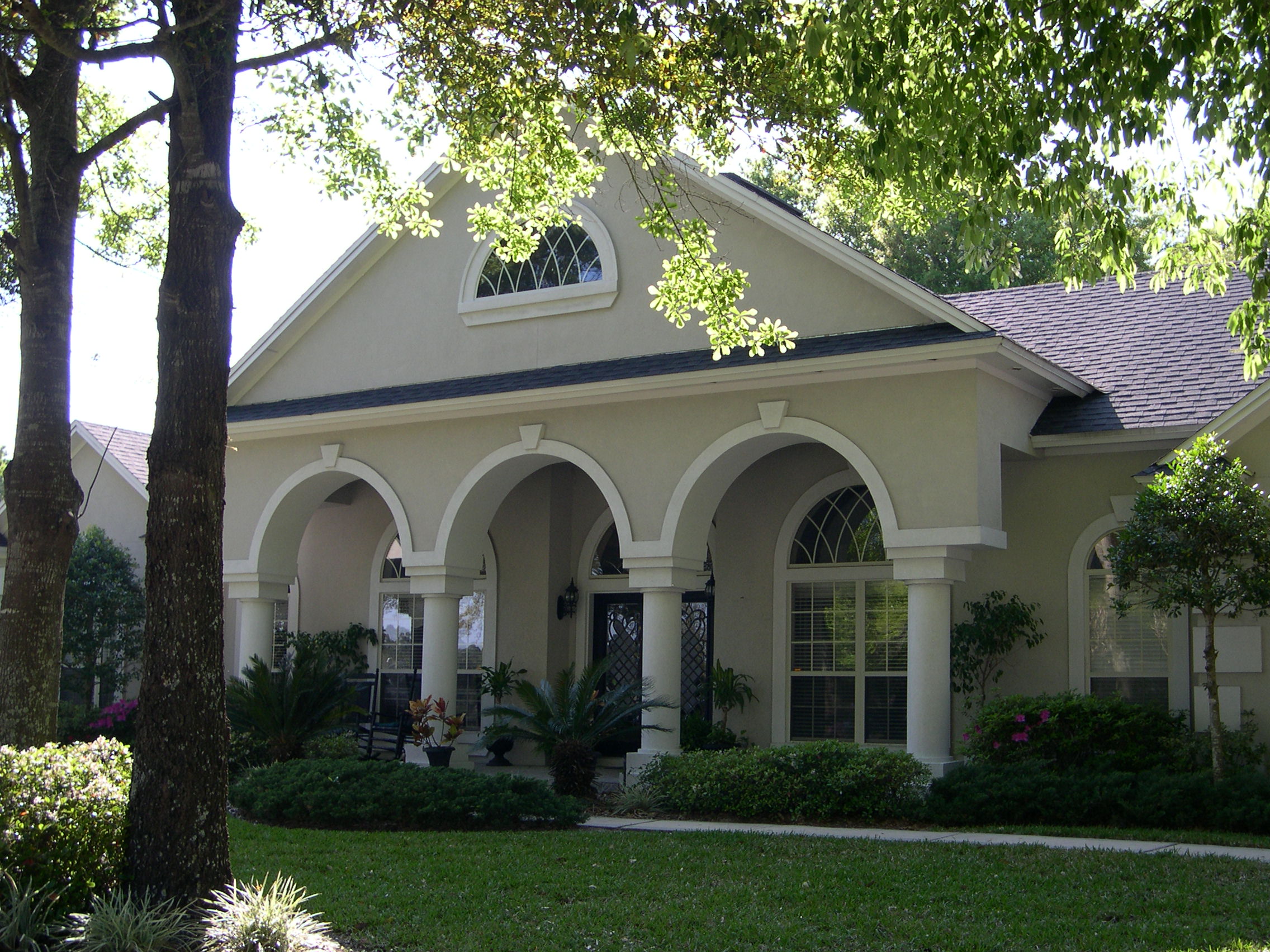
|
| Home with EIFS or synthetic stucco finish |
|
|
EIFS, also known as synthetic stucco or Dryvit, is a hot topic these days in the real
estate, insurance and legal industries. While EIFS remains a good overall system for exterior siding, it is prone to poor
installation. If not installed with the proper flashing and caulking, it becomes susceptible to water intrusion. If left unchecked,
this can lead to mold growth, unhealthy living conditions and eventually structural failure of the framing in the home.
EIFS usually consists of foam insulation board that is applied with adhesive directly
to the home's exterior sheathing. A cement base coat is troweled over the foam and then a layer of mesh is installed into
the wet cement for strength. After the base coat has dried, a finish coat is then troweled on for water resistance and texture.
Caulking is then installed around all windows, doors and penetrations such as light fixtures, outlets and hose bibs.
The reason why EIFS has had so much trouble with water infiltration is that the expanded
polystyrene foam was glued right to the plywood wall sheathing of the house. Consequently, when water found its way
behind the stucco, it got caught between the foam and the plywood. Since the water had nowhere to go, the wood started
to rot. After years of water infiltration, not only does the plywood rot, but also structural framing members. Insulation
in the walls also gets wet and starts to produce mold and unhealthy living conditions.
In the mid 1990's the EIFS industry woke up to this problem after inspectors
in Charlotte, NC found that homes clad with EIFS were rotting so badly that many had to be razed. Here again the problem
was a lack of flashing and many windows and doors that had never even been caulked! Manufacturers drastically reworked
the product installation guidelines and came up with an almost entirely different approach. A "kickout" diverter
flashing was created to prevent water from entering the system at roof and wall intersections. The foam board was no longer
glued to the sheathing, but mechanically fastened with screws. Under the foam a drainage plane
of either tar paper or Tyvek type building paper was installed to shed any water that found it's way behind the stucco. In
most cases, water now drains out of the bottom of the system through a drainage track. Also the stucco is
held at least 8" off of the ground to deter termites and ants from entering the system unobserved. Windows
and doors are now receiving special flashing attention because water is leaking into the system at miter joints, mullions
and thresholds. Sealed plastic drainage pans are now required under windows and doors in the event that
the joints do leak. Manufacturers now recommend that only specific types or brands of caulking or sealants
be used. These caulks must have a low modulus of elasticity, or the ability to stretch or compress without affecting
the performance of the caulk.
The most common problems with EIFS homes:
- The lack of flashing at wall and roof intersections
- The lack of maintenance by homeowners
- Improper detailing of trim around windows and doors
- Improperly installed decks
- Failing or missing caulk at windows, doors and penetrations
- Lack of knowledge of the product by homeowners
EIFS homes built before the late 1990's are likely to have some, if not all, of these
problems. If you have not had any exterior maintenance done to your home, then I would strongly suggest a full inspection.
If you are buying an EIFS home, most real estate agents will demand a full inspection. The inspection is
a good way of finding any real or potential problems, as well as a way to educate the homeowner or buyer about the product.
Remember- " an ounce of prevention is worth a pound of cure." This saying is particularly true with EIFS. While a good system
overall, it is not a forgiving one. If during the inspection, moisture is found behind the stucco, this does not mean
that all the stucco has to be removed. Sections can be removed, repaired and blended to match the original
surface texture and color.
Some warning signs of potential water damage are pictured below. Click on
any picture to see a larger image.
|
| Cracks in Stucco |
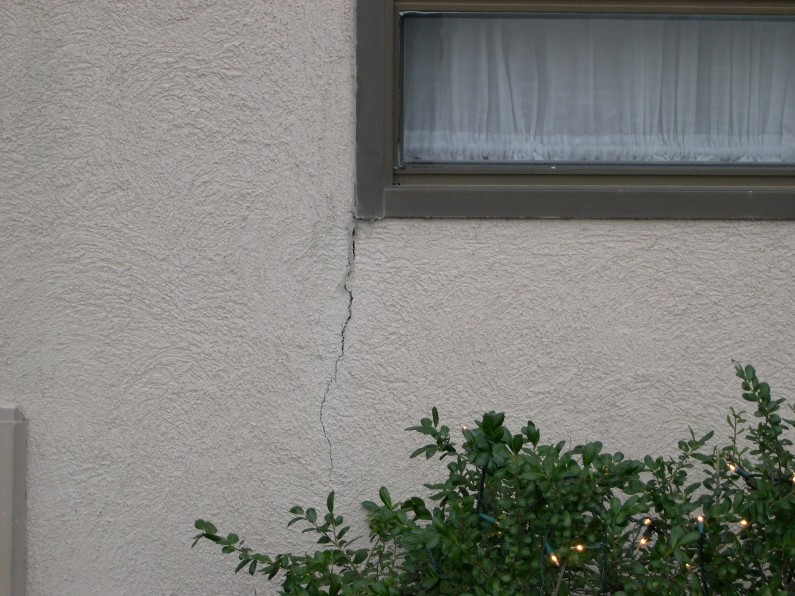
|
| This is one of the more obvious ways water can run behind the stucco |
| Stains Under Gutter |

|
| Stains usually indicate the lack of proper "kickout" diverter flashing |
| Kickout flashing |
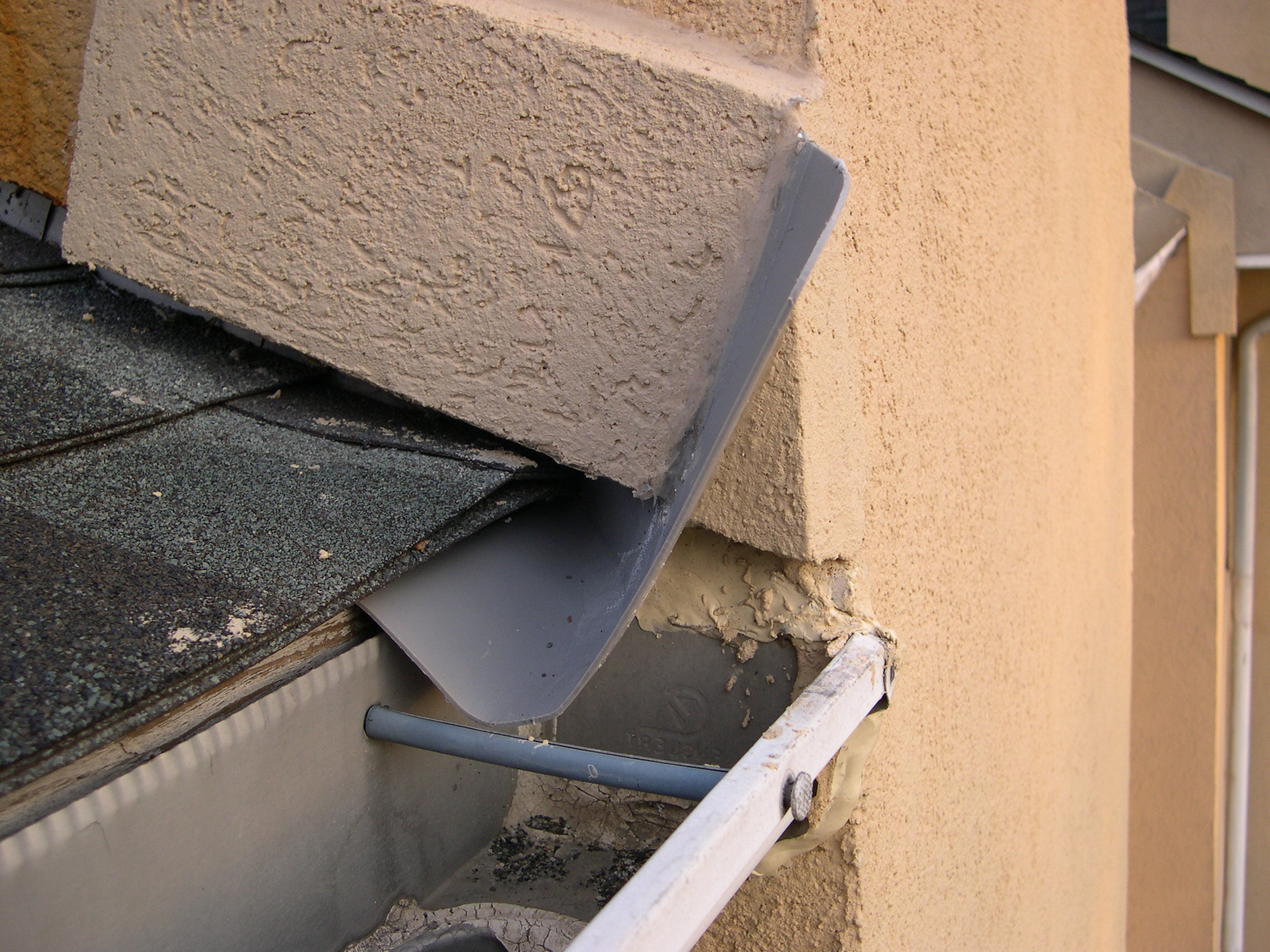
|
| A properly retrofitted kickout flashing |
| Rot under improperly flashed windows |
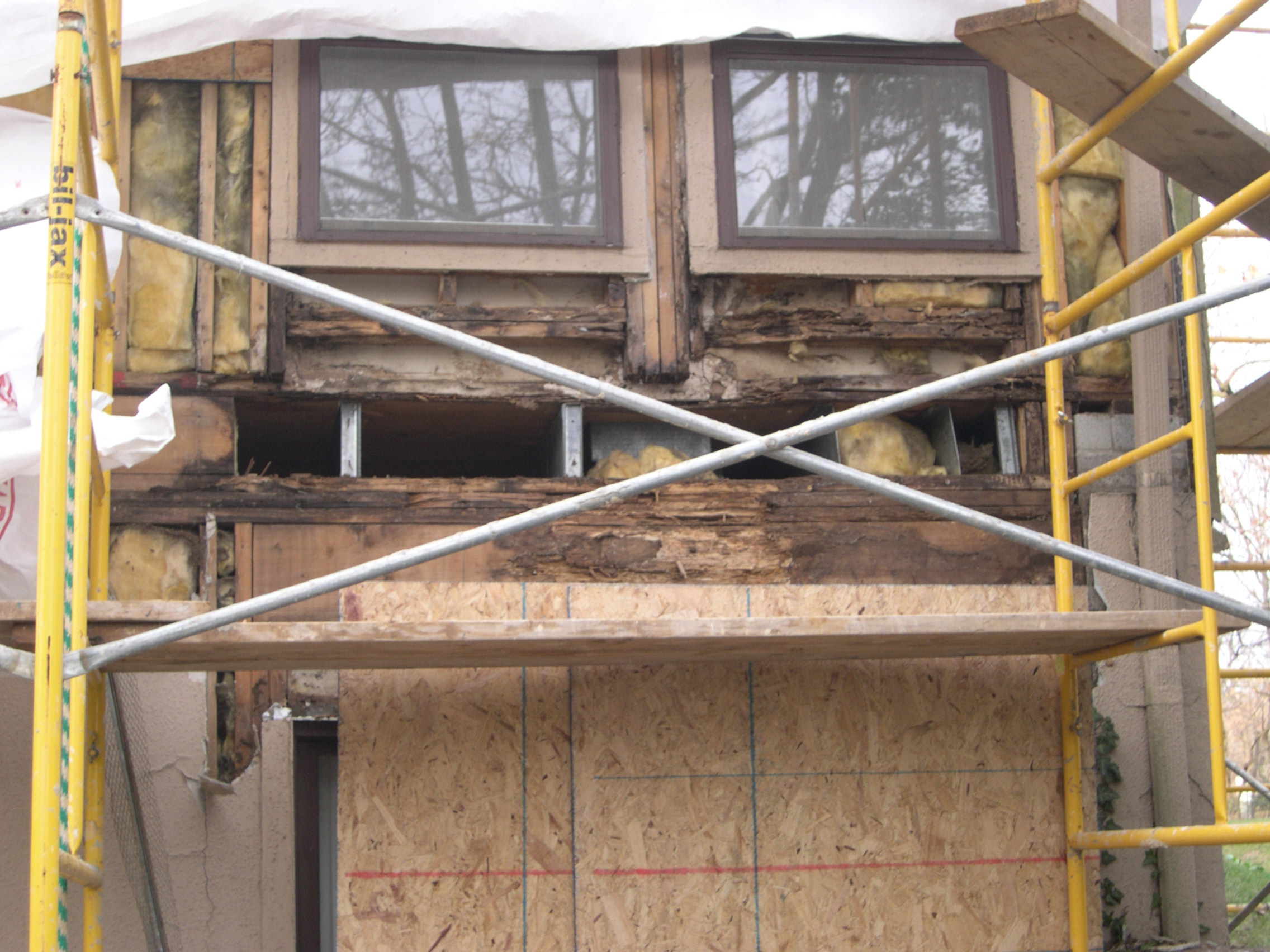
|
| This is what was left of the framing under a window after the stucco was torn off |
|
| Failing Caulk Around Windows and Doors |
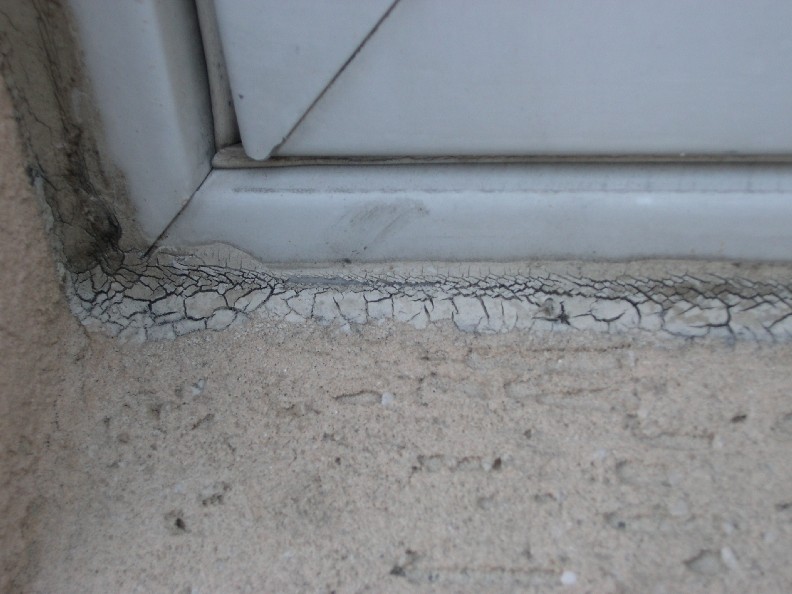
|
| Caulking around windows, doors and other penetrations in the stucco must be checked and maintained |
| No Kickout Flashing |
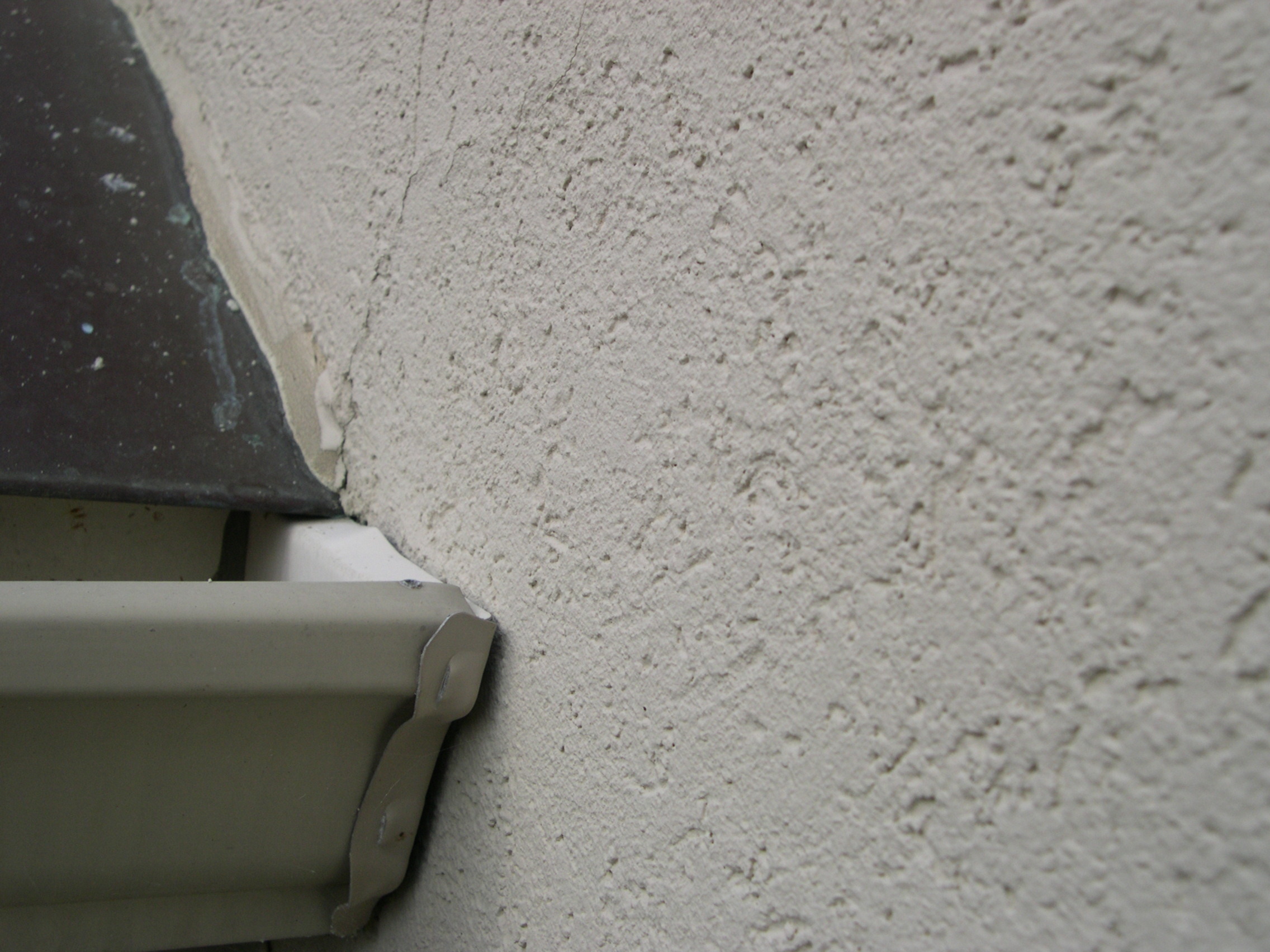
|
| There should be a kickout flashing here to prevent water infiltration |
| Rot in Crawl Space |
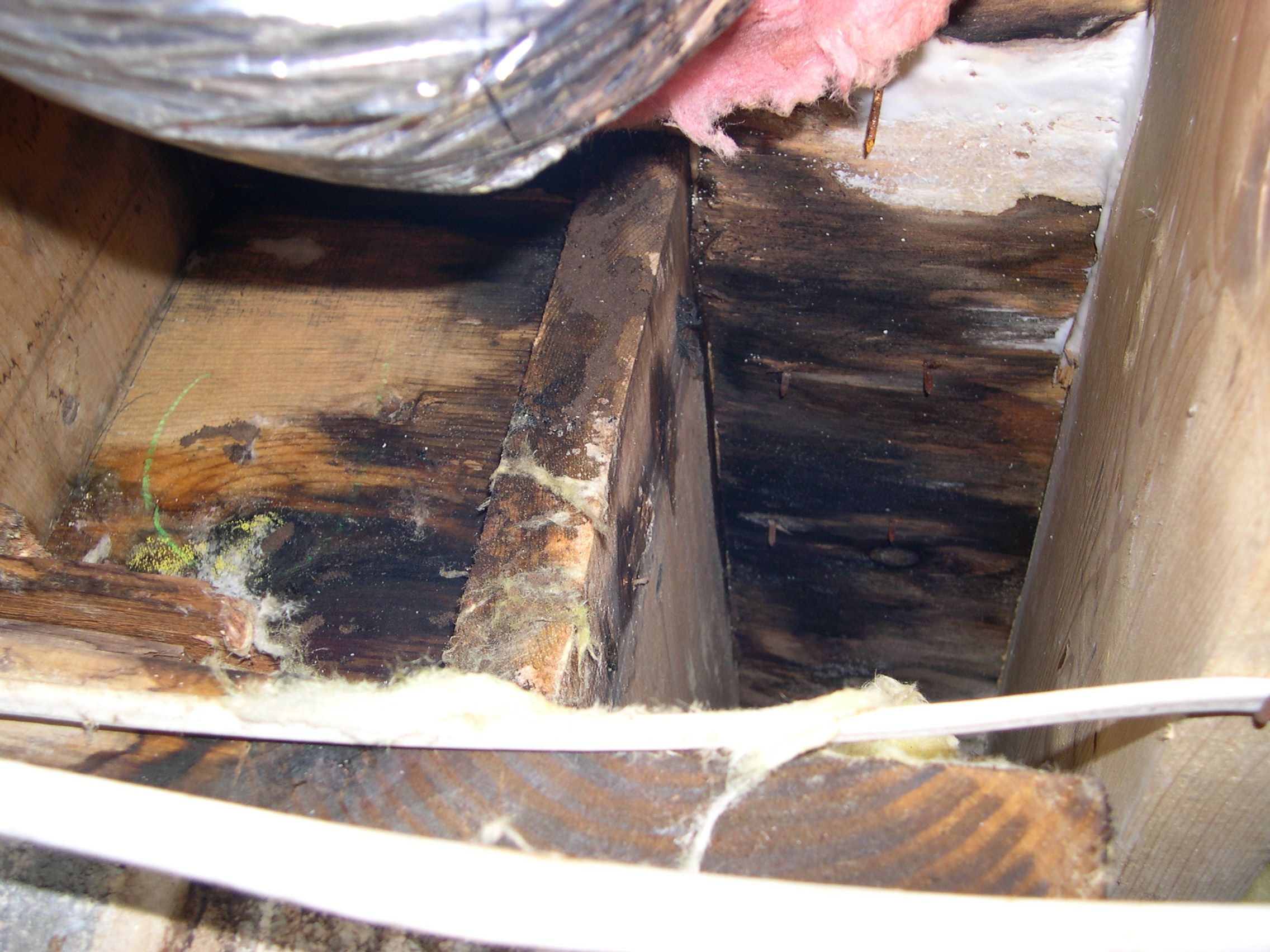
|
| This photo is in the crawl space below where the kickout flashing was omitted |
| Ants behind stucco |
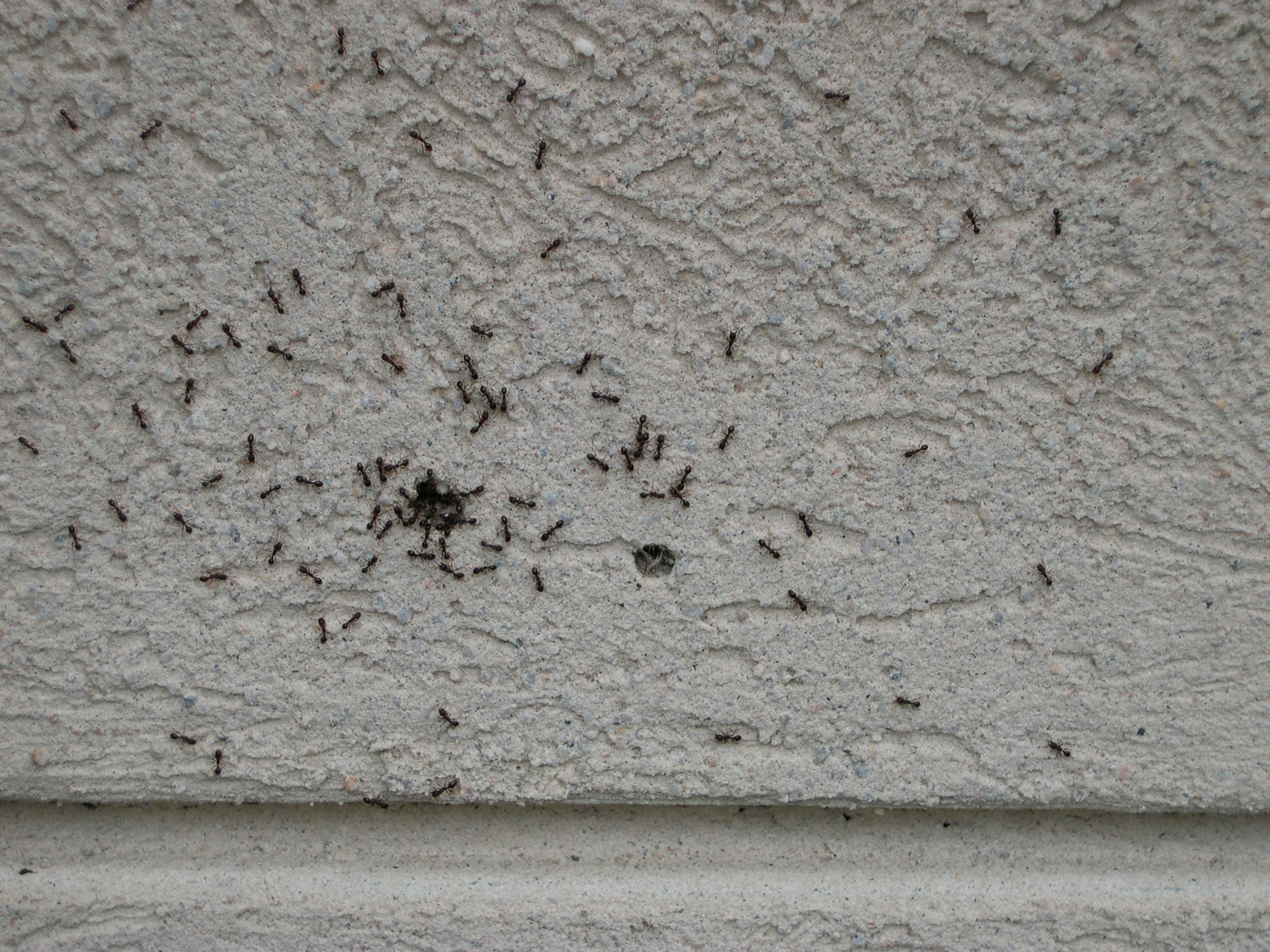
|
| Ants poured from 2 small probe holes in a wet chimney with no flashing |
|
| |
|
20/20 is certified by the Moisture Warranty Corporation to inspect EIFS homes. Their Moisture Free Warranty program issues
warranties on EIFS-clad homes. Homeowners who want to participate in the program must first submit an application. Homes are
then subject to a protocol inspection report. This report is a complete checklist on the exterior of the home, noting
the conditions of windows, doors, decks and other penetrations to the stucco. It will list any areas of high moisture behind
the stucco, missing flashing, failing sealants, termination at grade and overall condition of the EIFS itself. If any areas
are found to be deficient according to MWC standards, MWC will provide a list of certified repair contractors from which the
homeowner may choose. MWC does not require that the EIFS is installed to today's manufacturers specifications, only to their
standards. A contractor will then perform the repairs according to the report, and a quality control follow-up inspection
will determine if the repairs are done correctly. Depending on the length of the warranty chosen by the homeowner, interim
inspections will performed at 16- 18 month intervals. Warranties run anywhere from one to five years and are fully transferable
to a new homeowner. The process usually takes around 90 days to complete. MWC's web site is at www.moisturewarranty.com
The Exterior Design Institute is an organization that trains inspectors for both new and existing EIFS applications. 20/20
is certified to test both residential and commercial properties. EDI is active in the EIFS industry and has created the Integrity
Program,a partnership of manufacturers, certified applicators and certified inspectors. It is designed for new construction
and expands the role of inspectors in loss prevention.
Through these certifications, I am able to inspect Dryvit, Sto,
Parex, Senergy, Finestone and many other manufacturers
products. The inspection protocol is the same for each type of stucco.
Questions? Send us an email: 2020home@comcast.net
|

